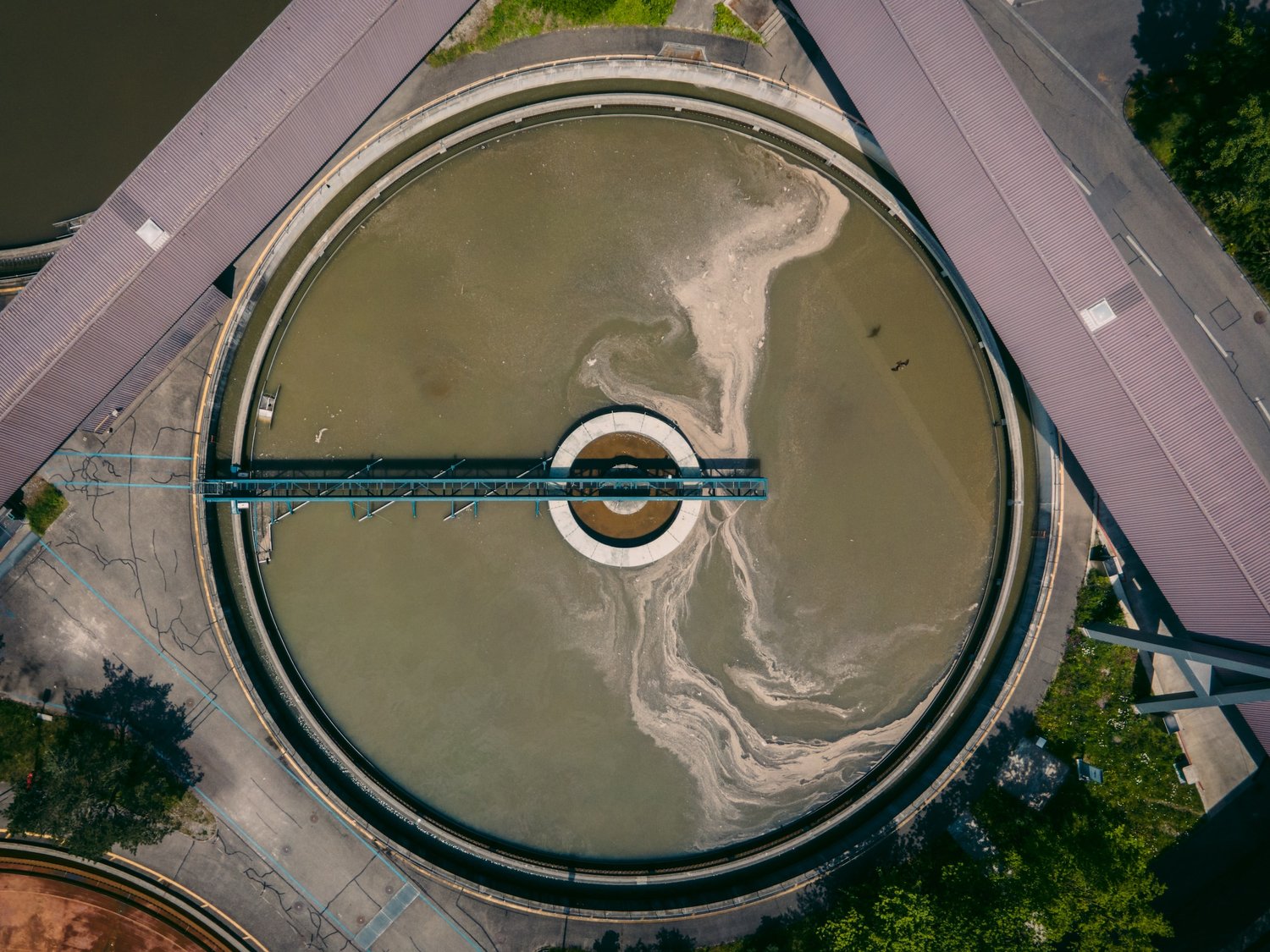
Nutrient neutrality is a concept that has gained significant attention in recent years as an environmental policy aimed at preserving and improving soil and water quality. The idea behind nutrient neutrality is to offset or mitigate the negative effects of development on water quality by requiring new developments to replace any nutrients they remove or add to the ecosystem. In the UK, 100% of this nutrient neutrality legislation is aimed at protecting coastal waters from the effects of eutrophication.
Nutrient neutrality policies aim to balance the input and output of nutrients in water bodies so that there is no net loss or gain in nutrients, which could lead to harmful algal blooms, and have a negative impact on aquatic ecosystems.

In some places, homebuilding has been stopped because of nutrient neutrality policies. This is because some developments, especially those that involve significant land disturbance or infrastructure construction can lead to an increase in the amount of wastewater reaching the water systems.
In simple words, the more houses we build in an area, the more waste that will reach our rivers and oceans.This raises levels of nutrients like phosphorus and nitrogen which can speed up the growth of algae in water.
To prevent these negative impacts, local governments may require home builders to offset the nutrients they add to the ecosystem by implementing nutrient neutrality measures.

Nutrient neutrality measures are necessary to protect local ecosystems, but are also delaying the construction of homes that people need in places like the Netherlands, the UK or the US, affecting the housing market.
The Solent, a tidal strait in the UK and an important habitat for a variety of marine species, has been impacted by nutrient pollution from agriculture and urban development. It was the first area in the UK where developments were stopped due to nutrient neutrality measures. Currently, more than 100,000 homes are being delayed across 74 local authorities in the UK due to these measures
Another area significantly affected by nutrient neutrality policies is the Chesapeake Bay watershed, the largest estuary in the United States. The bay has suffered from years of nutrient pollution and many local governments have implemented nutrient neutrality policies to ensure that new developments do not contribute to nutrient pollution.

Some of the measures being taken in these areas to offset any additional nutrient pollution are installing green roofs, creating new wetlands, or using low-nutrient landscaping. These measures help to ensure that the net impact of new development is neutralised.
But often the areas affected by excess nutrients from urban development are also areas where oyster populations used to live in until they were overfished. So yes, you guessed it: Regenerating oyster reefs is one of the measures that can be taken to manage nutrients because oyster reefs are the motor of the nitrogen cycle and are great at managing nitrogen and phosphorus.
By regenerating oyster reefs in such areas we will help oysters and many species to recover their home, and also support the construction of homes that many individuals have been eagerly waiting for.

Make a measurable difference for the ocean today.
You can now adopt a Mother Reef and help restore 100 oysters!

